Welcome to The Zone! This article is Part 2 in the GardenTabs Zone Series, where we look at all USDA Plant Hardiness Zones and recommend the top 17 plants for your region.
Zone 1b
USDA Zone 1b is slightly less cold than Zone 1A, with winter temperatures dropping to lows between -55 to -50 °F (-48.3 to -45.6 °C).
This zone is also primarily found in Alaska, more specifically in regions not quite as far north or interior as those in Zone 1A.
Internationally, Zone 1b includes parts of northern Canada, regions northern Siberia and Russia that are slightly less frigid than those falling into Zone 1A.
Given the still extreme conditions in this zone, the plant life that can survive here remains quite limited. However, there are resilient species that have adapted to thrive in these harsh environments.
The climate in Zone 1b is characterized by long, extremely cold winters and very short, cool summers.
The growing season remains limited, and plants in this zone must be able to withstand freezing temperatures and harsh, often windy conditions.
Here are 17 of the Best Plants to Grow in Zone 1b
1. Paper Birch (Betula papyrifera)
This deciduous tree can grow up to 70 feet (21.3 meters) tall and is known for its white, peeling bark.
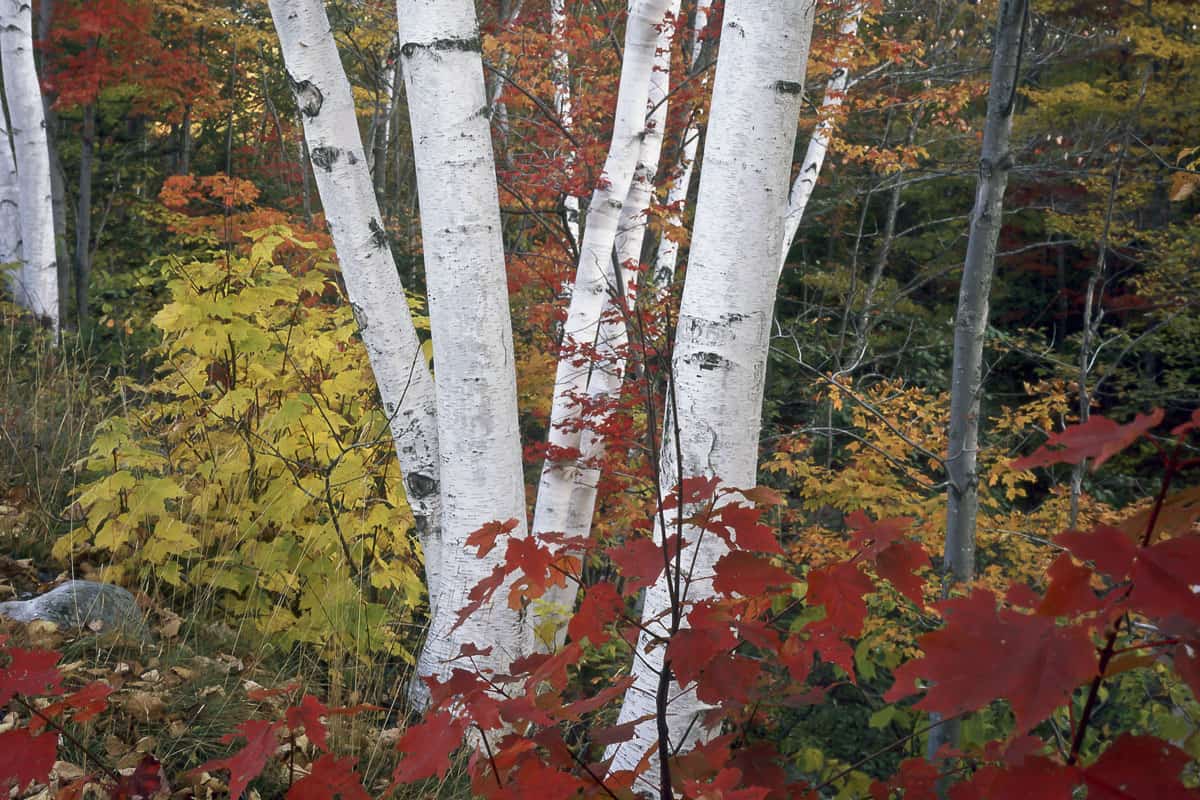
It prefers well-drained soils and can tolerate a range of pH levels, making it a versatile choice for Zone 1b.
2. Black Spruce (Picea mariana)
This evergreen conifer can reach up to 50 feet (15.2 meters) in height and adapts to the poor, boggy soils of the far north.
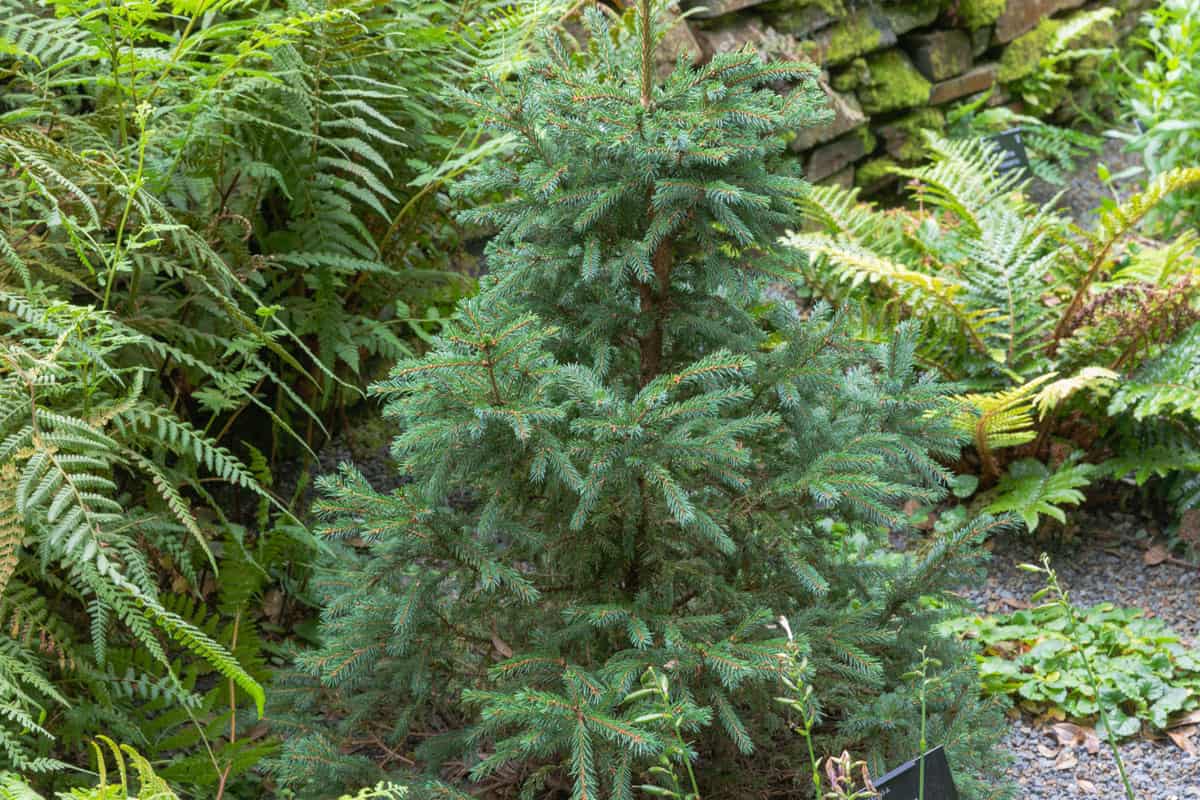
It provides essential cover for wildlife and is a significant source of timber.
3. Bog Blueberry (Vaccinium uliginosum)
A deciduous shrub reaching up to 2 feet (0.6 meters) in height, the bog blueberry produces delicious, antioxidant-rich berries and can tolerate the acidic soils common in Zone 1b.
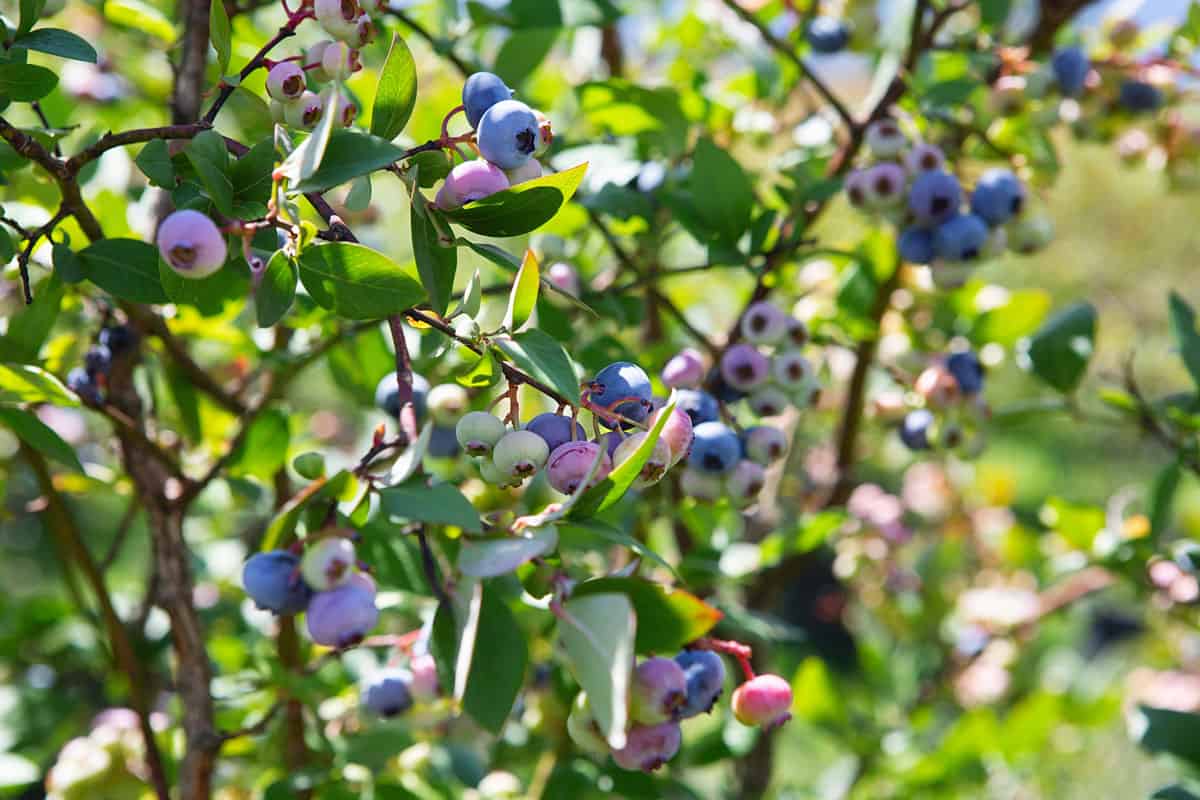
4. Arctic Lupine (Lupinus arcticus)
This perennial plant can grow up to 2 feet (0.6 meters) tall and features vibrant, bluish-purple flowers.
It prefers well-drained soils and full sun, and its nitrogen-fixing abilities can improve soil fertility.
5. Snow Willow (Salix reticulata)
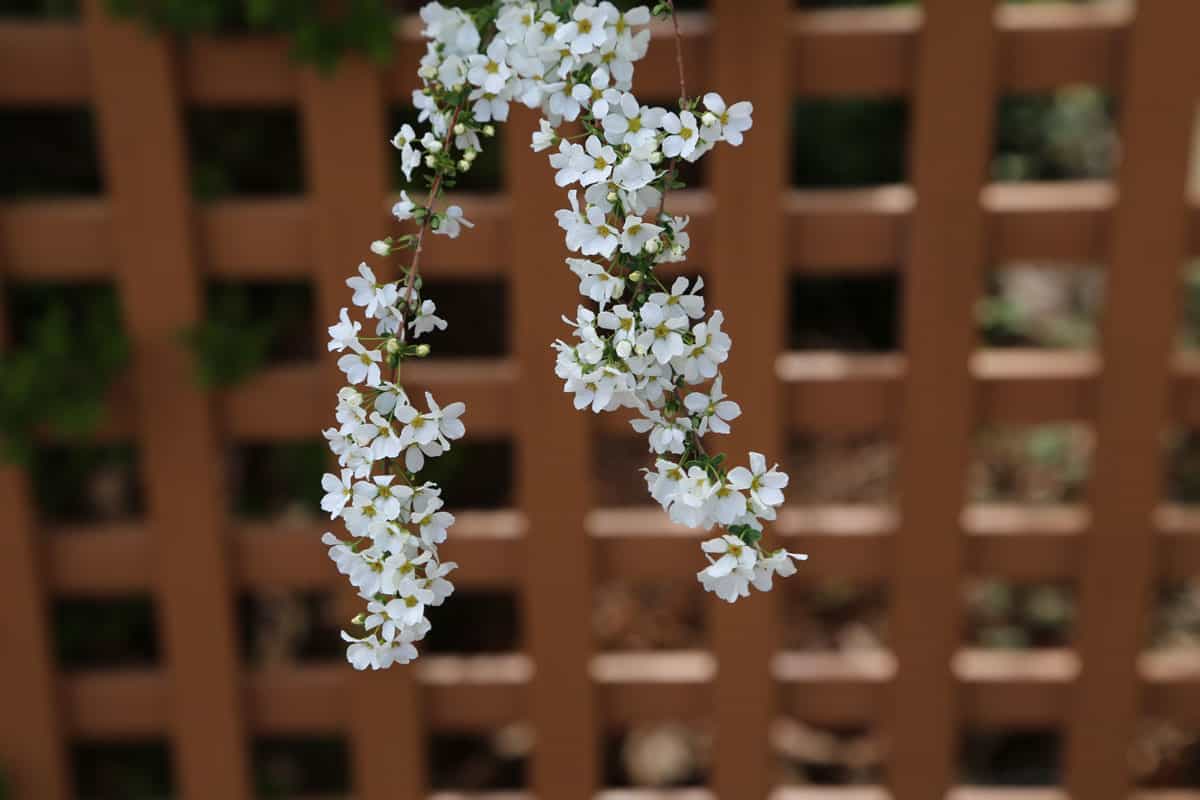
Growing only about 1 foot (0.3 meters) tall, this hardy shrub can withstand harsh winds and poor soil conditions typical of Zone 1b.
Its catkins provide an early food source for pollinators.
6. Mountain Cranberry (Vaccinium vitis-idaea)
This evergreen shrub reaches up to 1 foot (0.3 meters) in height and produces edible red berries.
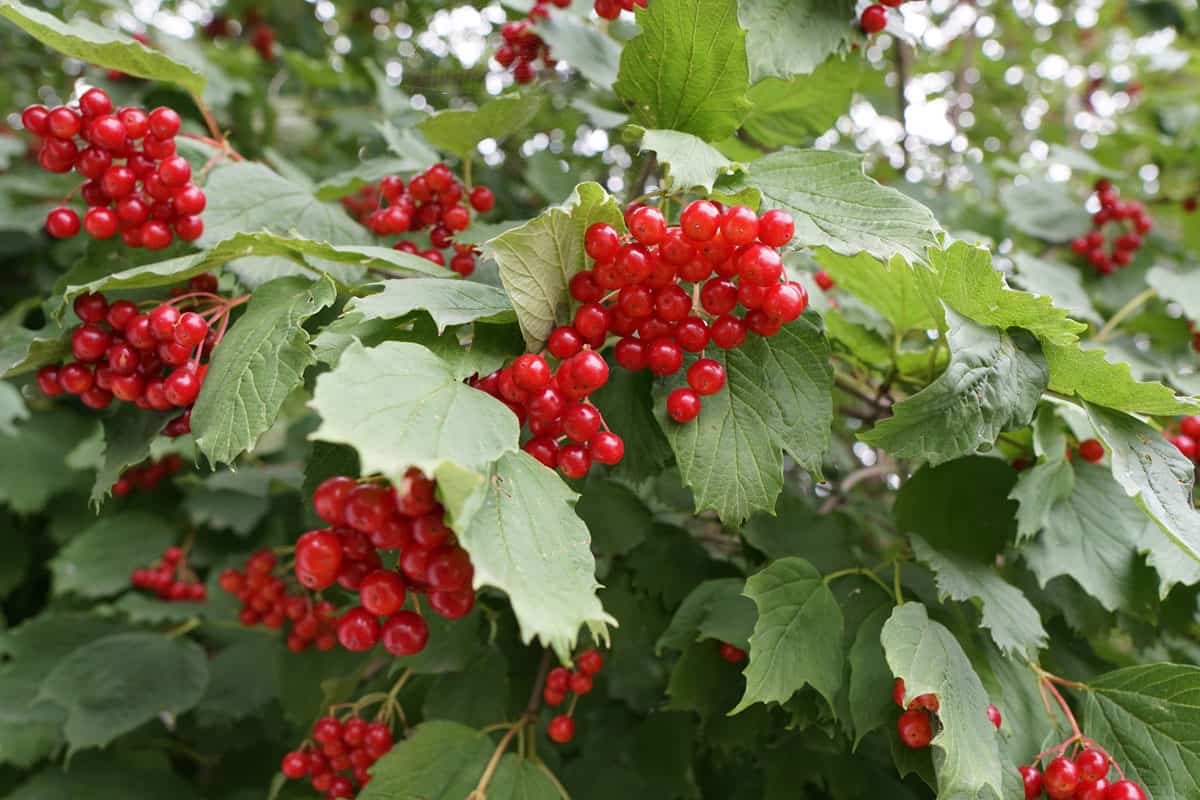
It thrives in acidic soils and can tolerate full sun and partial shade.
7. Arctic Raspberry (Rubus arcticus)
Growing up to 1 foot (0.3 meters) tall, this perennial plant thrives in moist, well-drained soils and produces small but flavorful berries.
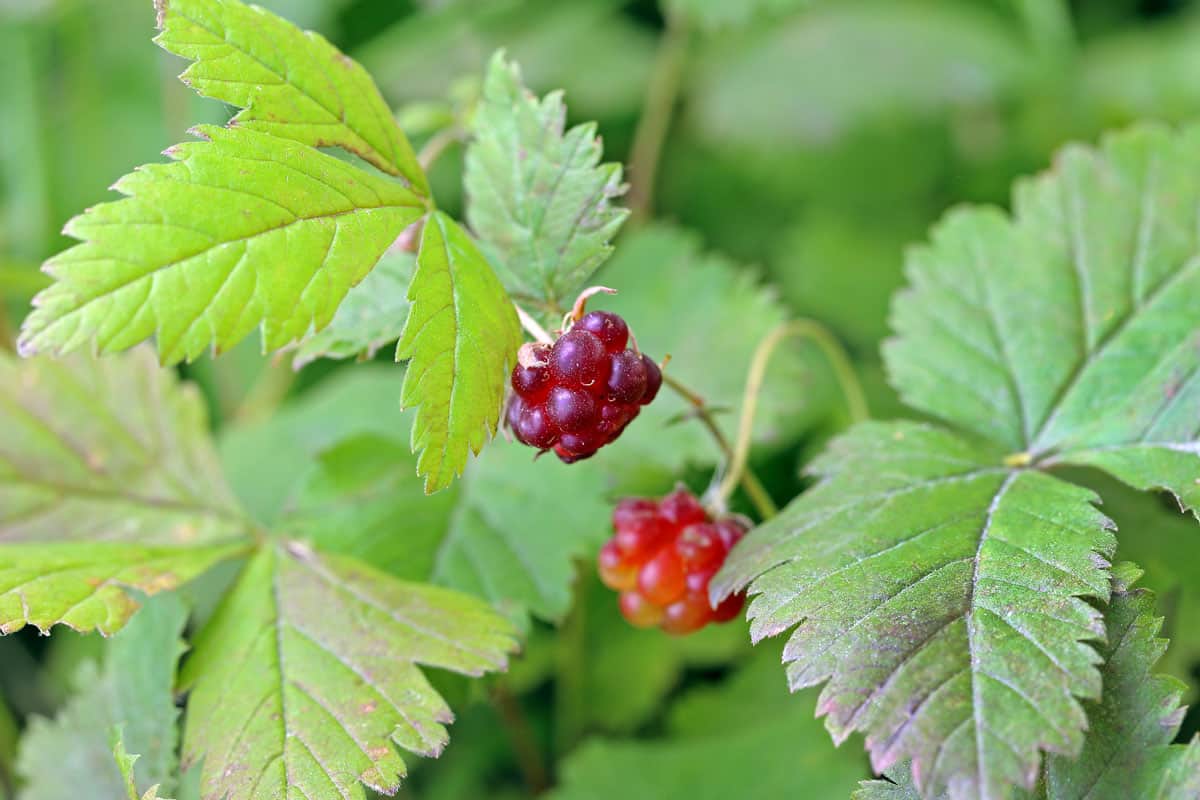
Its pink flowers add a splash of color to the Zone 1b landscape.
8. Tundra Rose (Rosa rugosa)
This hardy rose bush can reach up to 6 feet (1.8 meters) tall and is known for its vibrant pink flowers and large, nutritious rose hips.
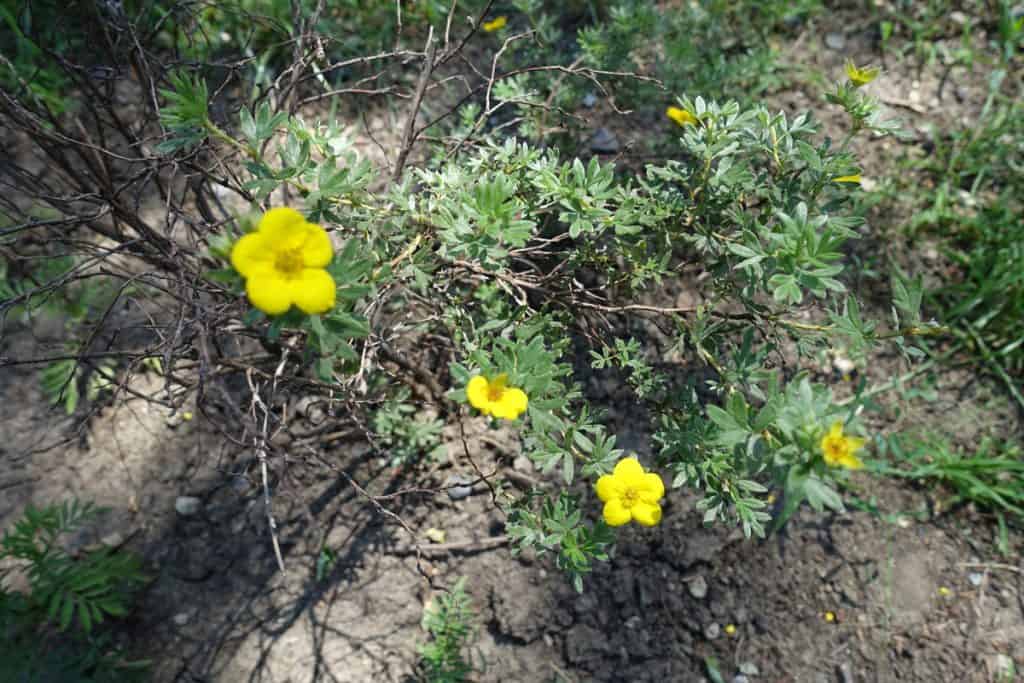
It is highly tolerant of salt, making it an excellent choice for coastal areas in Zone 1b.
9. Northern Willowherb (Epilobium latifolium)
This perennial plant can grow up to 3 feet (0.9 meters) tall and prefers moist, well-drained soils.
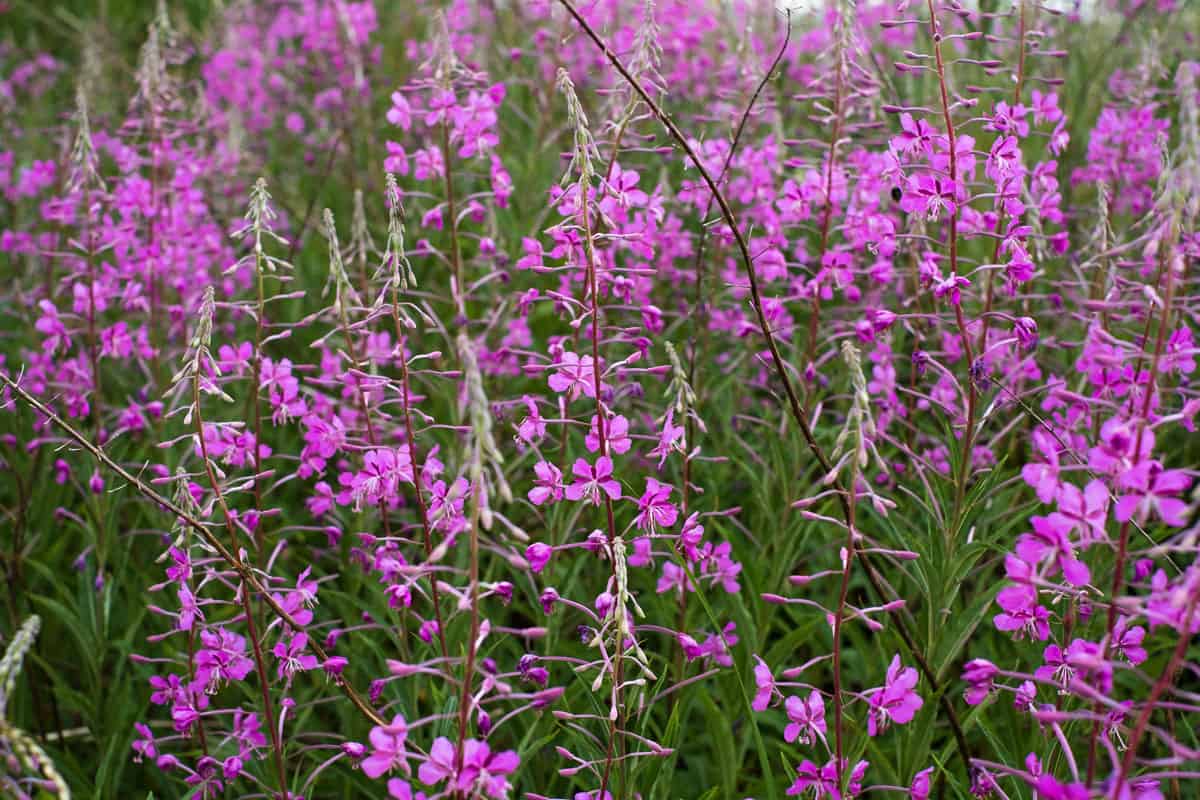
Its vibrant pink flowers attract various pollinators, making it a beneficial addition to the garden.
10. Alaska Violet (Viola langsdorfii)
This small perennial, growing up to 6 inches (15.2 cm) tall, prefers moist, well-drained soil.
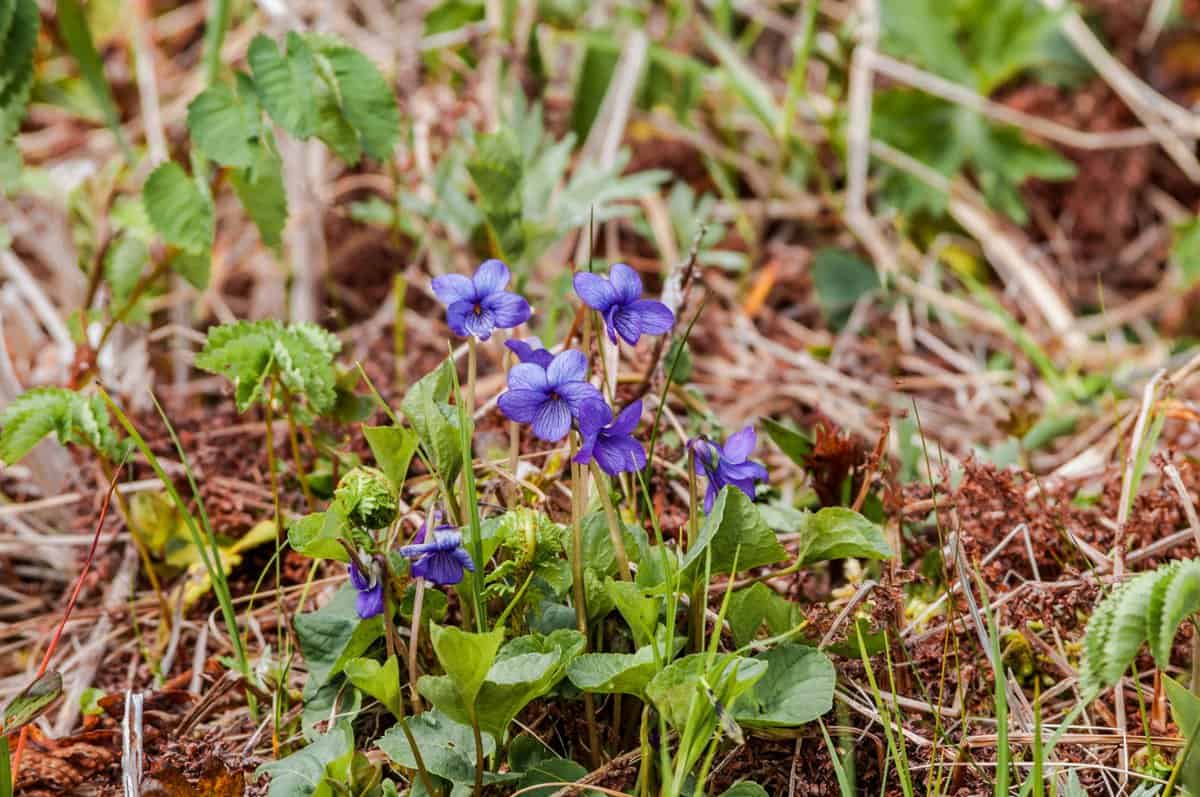
Its charming purple flowers bloom in the spring, providing a welcome burst of color in the Zone 1b landscape.
11. Dwarf Fireweed (Chamerion latifolium)
This perennial plant can reach up to 2 feet (0.6 meters) tall and prefers full sun and moist, well-drained soil.
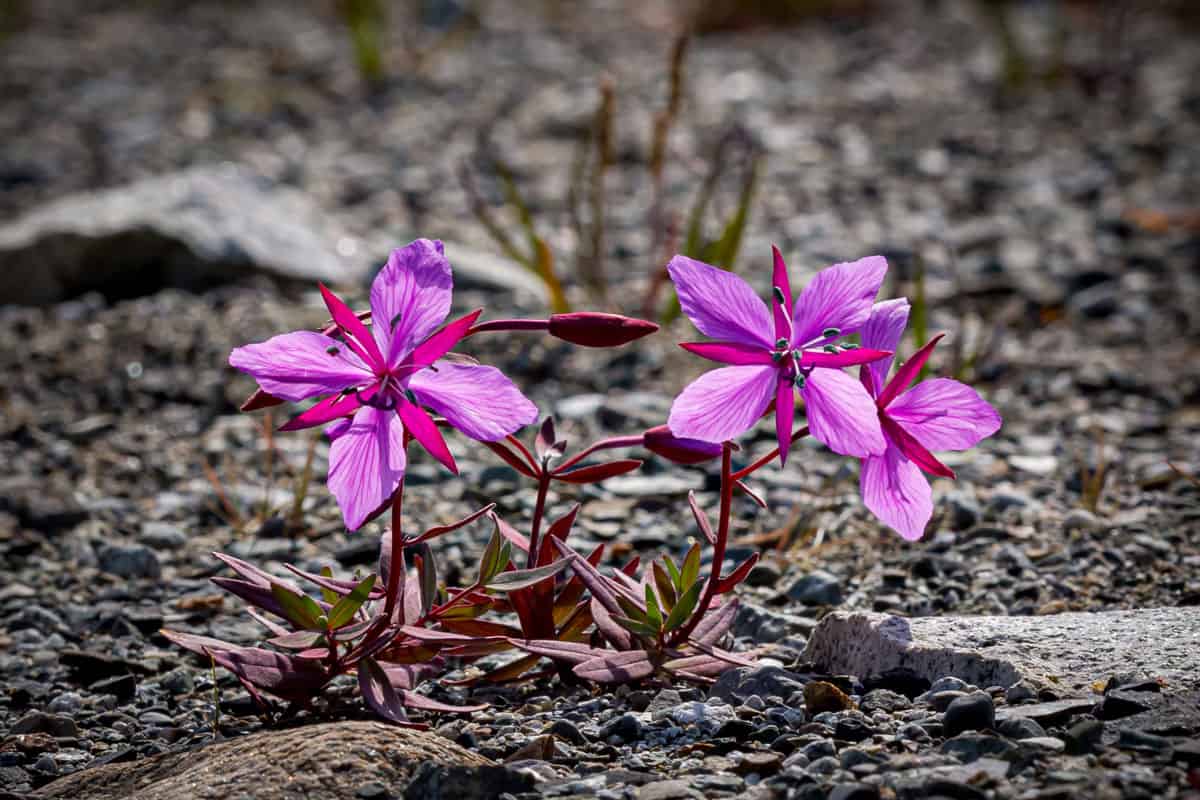
Its bright pink flowers can add a vibrant touch to your garden, and its young leaves can be used in salads or as cooked greens.
12. Alpine Azalea (Loiseleuria procumbens)
This low-growing evergreen shrub reaches up to 4 inches (10.2 cm) in height and thrives in rocky, well-drained soil.
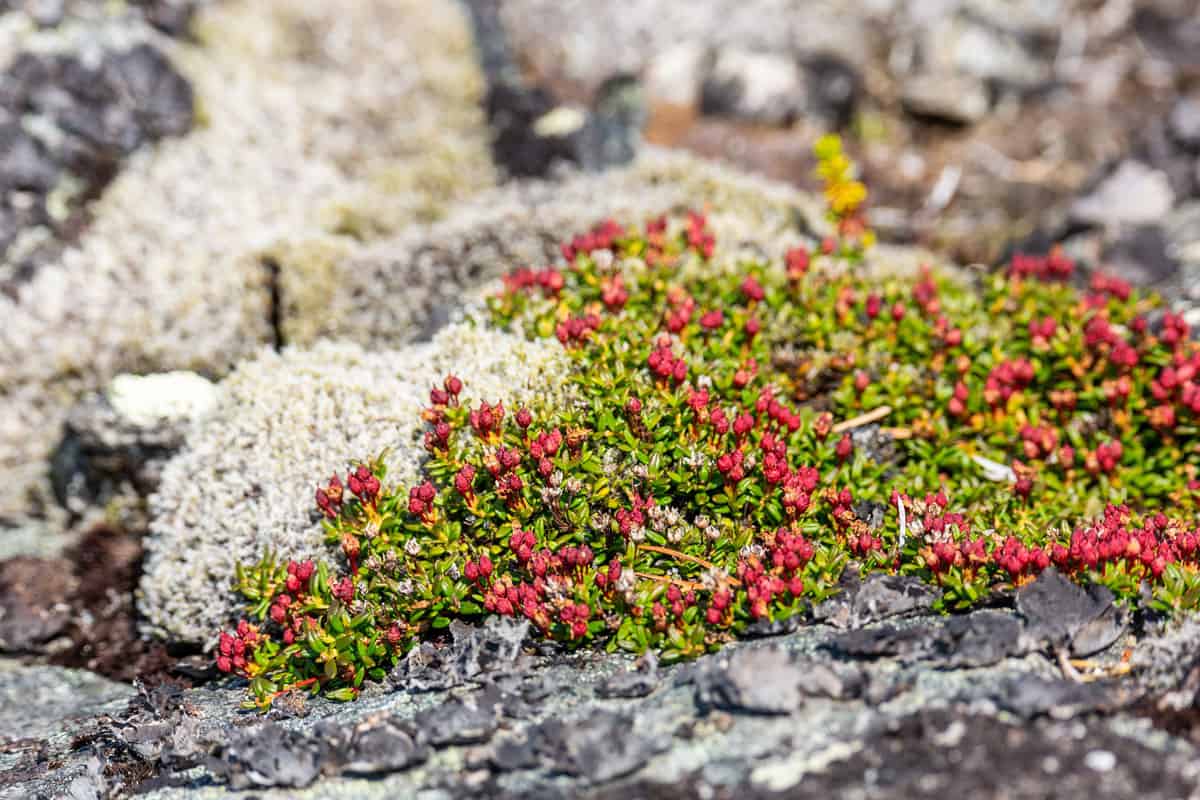
It produces clusters of delicate pink flowers, providing a splash of color in the early summer.
13. Arctic Sweetgrass (Hierochloe alpina)
This hardy perennial grass can grow up to 1 foot (0.3 meters) tall and thrives in moist, well-drained soil.

It's known for its sweet, vanilla-like scent and its use in traditional ceremonies by indigenous communities.
14. Nagoonberry (Rubus arcticus)
This low-growing perennial plant reaches up to 8 inches (20.3 cm) tall and produces edible red berries.

It prefers well-drained, acidic soil and can tolerate full sun or partial shade.
15. Arctic Iris (Iris setosa)
This hardy perennial can grow up to 2 feet (0.6 meters) tall and is known for its striking blue-purple flowers.
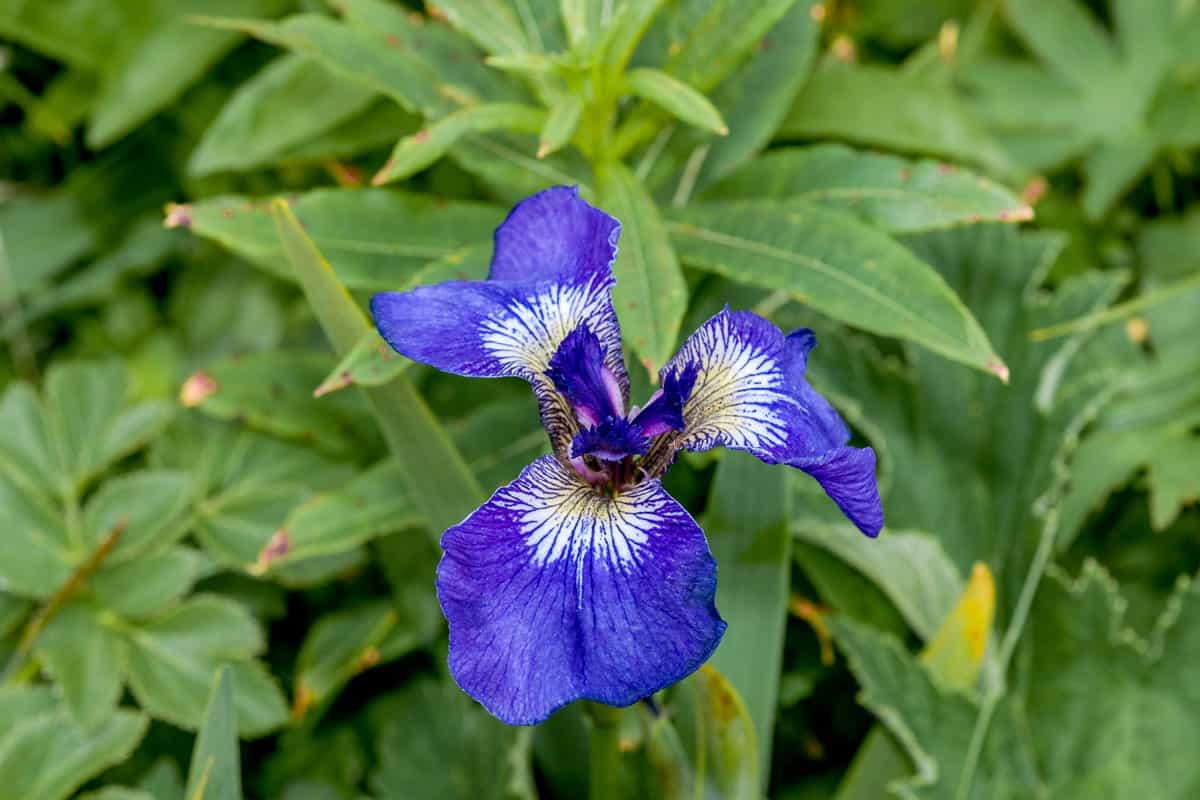
It thrives in moist, well-drained soil and full sun, making it a beautiful addition to any Zone 1b garden.
16. Alpine Forget-Me-Not (Myosotis alpestris)
This compact perennial plant grows up to 6 inches (15.2 cm) tall and thrives in rocky, well-drained soil.

Its small, sky-blue flowers can add a touch of color to rock gardens or borders.
17. Arctic Thrift (Armeria maritima)
This hardy perennial can reach up to 1 foot (0.3 meters) tall and thrives in poor, well-drained soil.
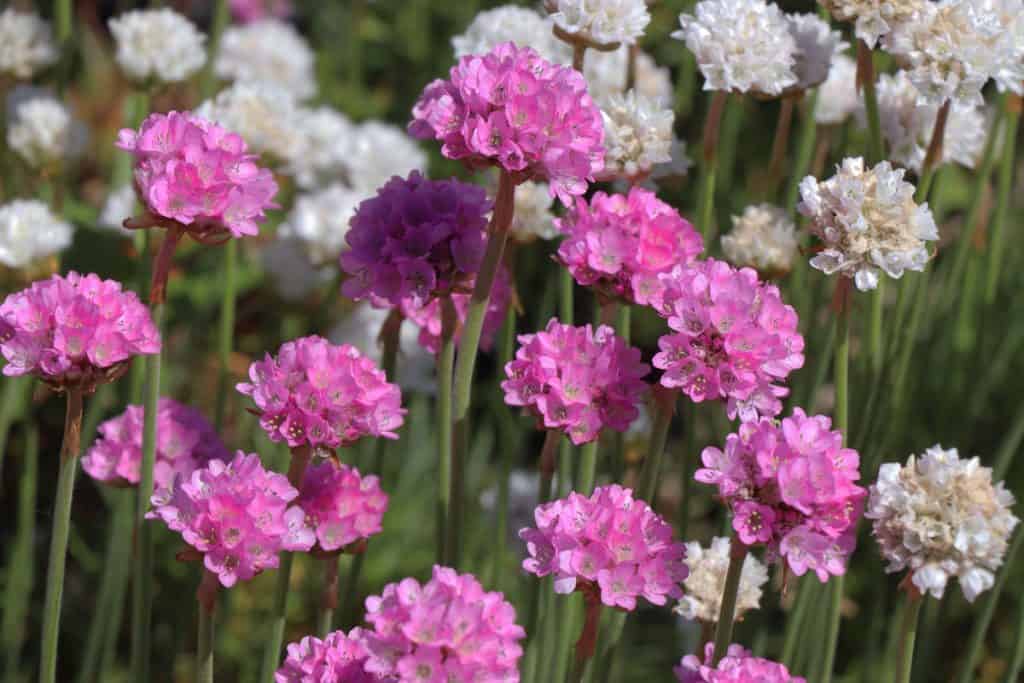
Its pink or white flowers bloom in ball-shaped clusters atop leafless stems, providing a unique texture to the garden landscape.
Here are more articles to enjoy:
How To Remove A Tree Stump Without Digging
Large Indoor Plants For Low Light
17 Indoor Winter Plants That Bloom With Gorgeous Flowers
How To Grow Potatoes In A Container Indoors
Beauty and Resilience
Despite the challenging conditions presented by Zone 1b, these 17 plants illustrate the potential for vibrant, resilient gardening. By carefully selecting species adapted to the region's conditions and providing appropriate care, creating a thriving, biodiverse garden in this harsh climate is possible.
Remember, successful gardening in Zone 1b requires understanding each plant's unique needs, providing adequate soil, water, and sun conditions, and offering protection from the wind if necessary.
Gardening in such an extreme climate can be challenging, but the beauty and resilience of these plants offer rewarding benefits.
